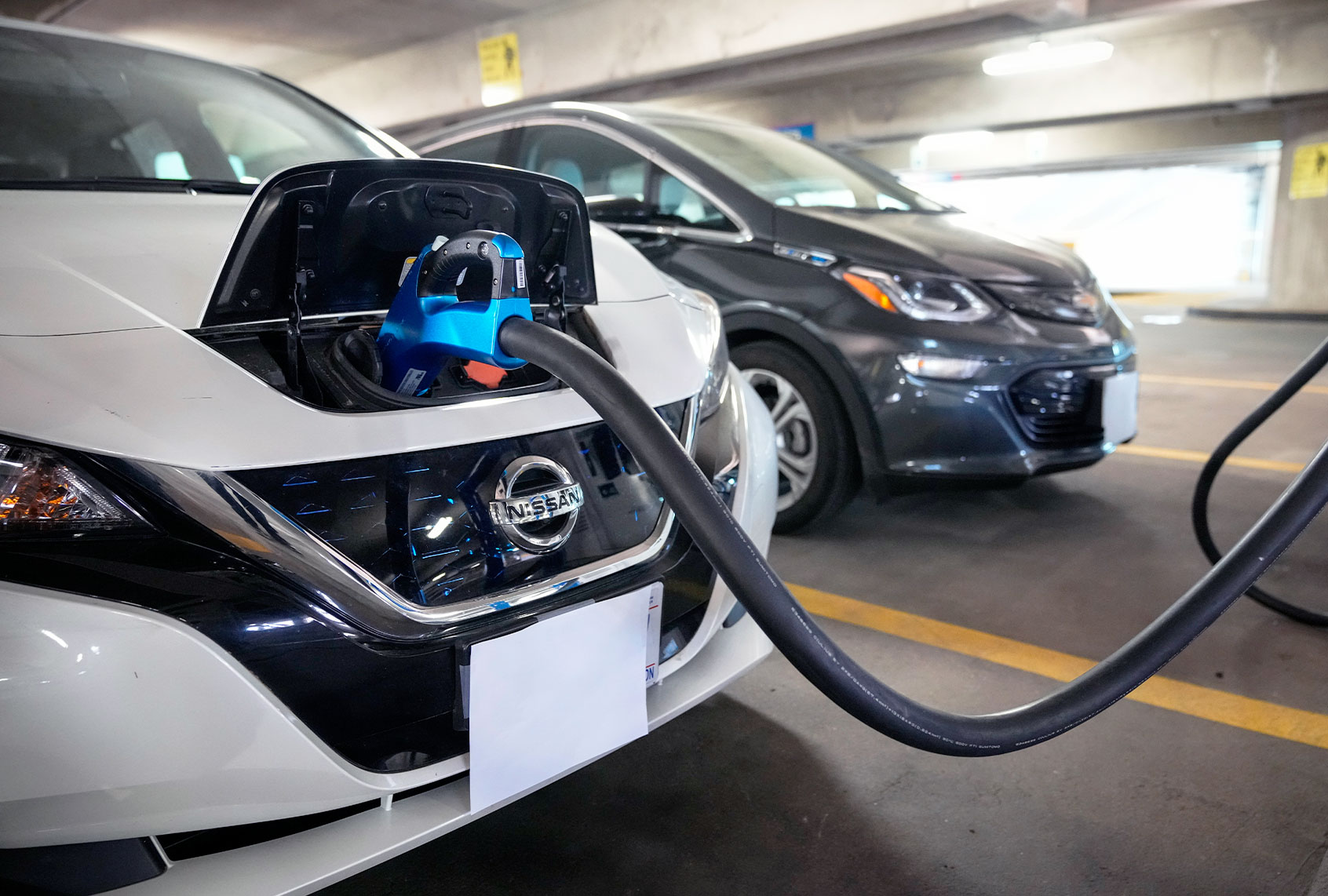More than 100,000 lives could be saved over the next 30 years if the United States switches to zero-emission vehicles powered by a zero-emission grid, according to a new report by the American Lung Association.
Not just lives would be saved. The report also estimates that more than $1.2 trillion in public health costs could be avoided with the shift.
While many recent studies have looked at the costs of air pollution and the particular burden placed on communities of color, this report takes a different approach, and instead looks at what we would gain by meeting specific transition benchmarks.
For its analysis, the American Lung Association envisioned a future where all new passenger vehicles are zero-emission by 2035, all new heavy-duty vehicles, like trucks and buses, are zero-emission by 2040, and the electrical grid is powered by clean, renewable energy by 2035. “These are ambitious but achievable targets,” said Will Barrett, director of clean air advocacy for the American Lung Association and lead author of the report.
As of right now, 15 states have adopted zero-emission mandates for passenger vehicles and six have followed suit for trucks. President Biden has pledged to clean up the country’s electricity grid by 2035, but opposition from Republicans and key Democratic senators means that has been easier said than done.
Using the latest models available from the Environmental Protection Agency, or EPA, and the Department of Energy, Barrett and his colleagues calculated the benefits of reducing tailpipe emissions and reducing the demand for fossil fuels. The fossil fuel industry emits pollutants that harm public health and warm the climate at every step of the supply chain — from extraction, to transportation, to refining, to use.
If the U.S. were to meet the targets outlined in the report, by 2050 the on-road transportation sector would see a 92 percent decrease in smog-forming nitrogen oxide pollution, a 61 percent decrease in fine particle pollution, and a 93 percent decrease in greenhouse gas pollution.
On the ground, that would mean preventing over 100,000 premature deaths, 2.8 million asthma attacks, and a variety of other health problems over the next 30 years. Barrett called these findings “stunning new information on the transition to zero-emission electricity and transportation.”
The transition would benefit environmental justice communities, in particular. According to the EPA, the 72 million Americans who live near truck freight routes and bear the brunt of pollution from the transportation sector are disproportionately people of color and those with lower incomes. Eliminating tailpipe emissions — particularly from heavy-duty vehicles — would significantly improve their air quality.
Barrett hopes that this report will show the public and policymakers just how urgent it is that we make the switch to zero-emission vehicles powered by a zero-emission grid. While the bipartisan infrastructure bill Congress passed in November was a good first step towards these goals, far more is needed, he said. The report outlines a host of actions that federal, state, and local governments can take to accelerate the transition. Barrett specifically highlighted the need for the EPA to tighten national ambient air quality standards and for states to adopt more ambitious standards to curb pollution from vehicles and power plants.
“We just haven’t made the kinds of investments — yet — that are needed,” Barrett said. “The sooner we start, the quicker the benefits accrue, and the quicker the health of communities across America will improve.”


